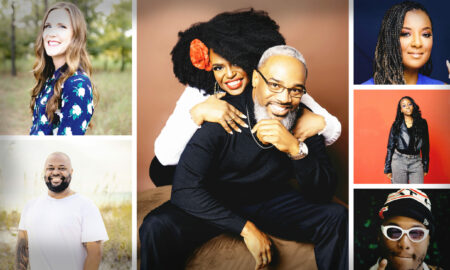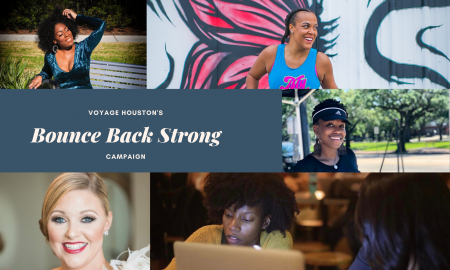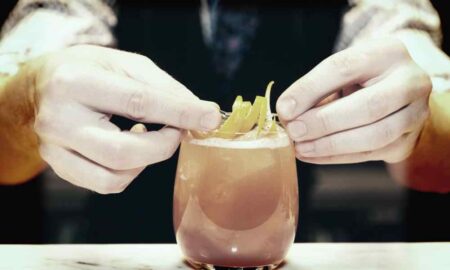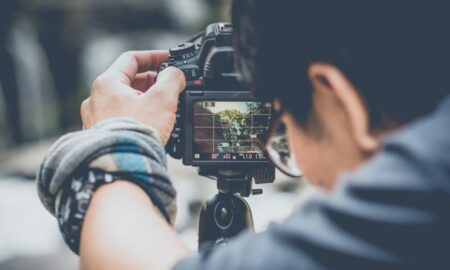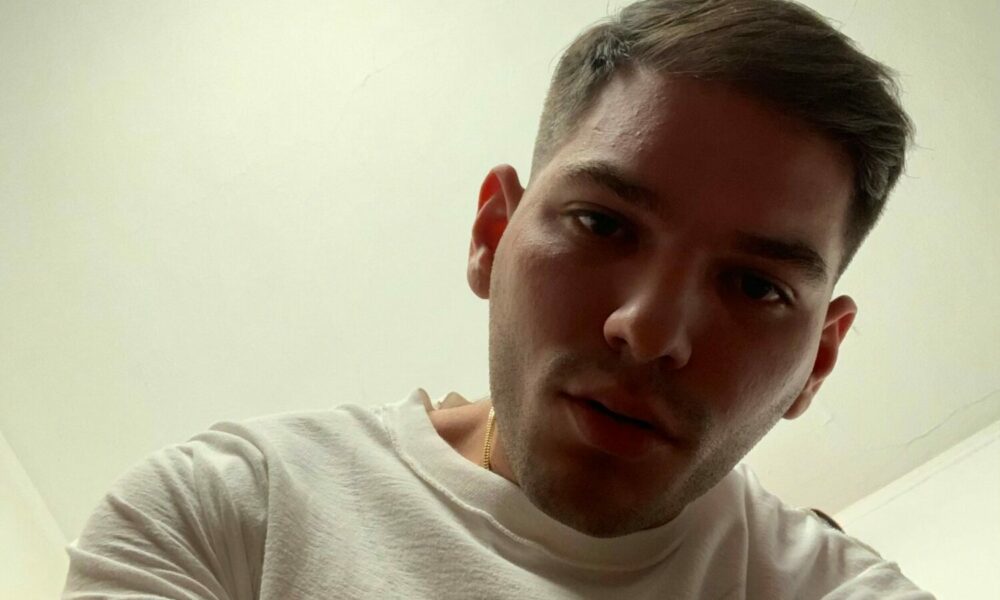

Today we’d like to introduce you to Junior Fernandez.
Hi Junior, it’s an honor to have you on the platform. Thanks for taking the time to share your story with us – to start maybe you can share some of your backstory with our readers?
I was born in La Habana, Cuba. Habana “con ‘b’ alta,” as my dad always likes to stress—there is some imperialist resistance there. *laughs* I moved to the US when I was twelve years old and lived in Miami for a bit, as Cubans do, but this was during the 2008 recession, so we quickly had to move to Houston where some family friends had found my dad a job. I didn’t speak English then, so I became very observant, and that’s how I became a photographer. Then in art school, I grew frustrated with it, with all the feelings I had that I felt images could not represent, so I began thinking of them as objects or artifacts.
At the time, I was primarily photographing queer nightlife and was thinking through different notions of queer temporality. I was frustrated that people would only read the work I was producing as queer if it included depictions of naked cis men. Hence, I stopped taking photos altogether and have been working with and through that struggle in representation since.
We all face challenges, but looking back would you describe it as a relatively smooth road?
As an artist, I think my job is primarily to think through problems and sometimes even to identify problems, to give them a name. Canadian philosopher Marshall McLuhan said the artist’s role is to create “anti-environments” as a means of perception to understand where we are as a people. “Without an anti-environment, all environments are invisible.” I have no interest in the smoothness of the road.
Appreciate you sharing that. What else should we know about what you do?
Recently I’ve been thinking through mourning as a methodology for my practice. Earlier this year, I curated an exhibition titled without architecture, there would be no stonewall; without architecture, there would be no “brick” with S Rodriguez in the parking lot of a former Houston gay bar that is now a coffee shop. The Gulf Coast Archive and Museum of GLBT History estimates that as many as 300 people were laid to rest or had their ashes scattered at the exhibition site through the early AIDS epidemic. I conceived of the works we presented there as a continuation of such early AIDS mourning practices. I am interested in a queer relationship to mourning that might render our spaces useful again and how that might change how we think about archiving or preserving the past or inform how we build our presents.
Contact Info:
- Email: jfernandez@mfah.org
- Website: withoutarchitecture.site
- Instagram: @casuelero






